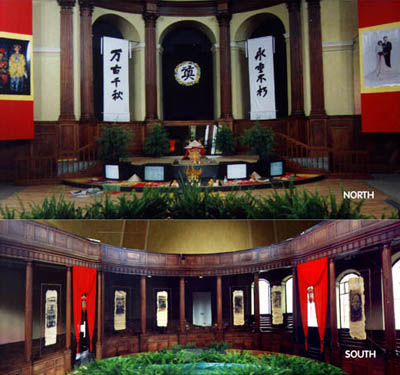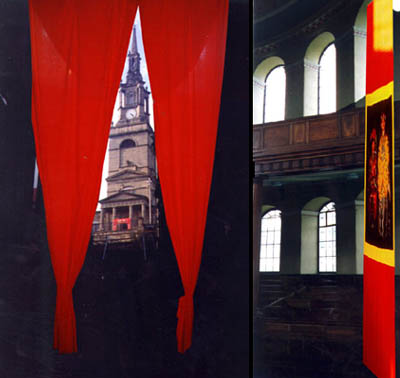
|
CITY & SITE DETAILS: CITY: Newcastle-upon-Tyne is a large industrial city of approximately 800,000 inhabitants. Located in the North East of England, near the Scottish border, it is situated on the River Tyne, source of much of the city's development. Its industries are currently in decline, with ship-building falling to a small percentage of its previous output earlier in the century. Like many urban and suburban British cities, its inhabitants are struggling to adapt to new economies and lifestyles. The current recession is not proving as severe as in the more affluent Southern cities like London, but many economists point out that this is because the North of England has been in a constant state of recession for the last two decades. Newcastle is the "Capital" of the North East and services a large population beyond its own city boundaries who come to the city for its extensive shopping malls, nightlife and cultural activities. SITE: The designated site for FENG SHUI was All Saints' Church on the River Tyne. Completed in 1789 and deconsecrated in the 1960's, it is a neoclassical building with a square tower and elliptical auditorium. The performance area is approximately 40 feet in diameter, a wooden floor with a series of sub-floor compartments accessed by the removal of covering panels. The space also contains a raised dais where the altar used to be. The area is surrounded by the main seating space that remains from the original floor plan, with two storeys of mahogany wooden seats that could seat approximately 300 people.. The upper level was not accessible to members of the public, and was used for the installation and operation of appropriate lights, p.a., etc. The building is "listed" (protected as a heritage site), and artists had to bear this in mind. No structures could be fixed to the surrounding mahogany panels. Nevertheless, the space was a flexible one, capable of presenting "wet" performances in which materials such as water or earth could be used . There were no black-out facilities on site but a partial black-out was achieved with window coverings. An additional fire exit had been installed inside the church in the form of a hidden sliding stone brick panel that moved outward on rails. Audiences entered and exited the space through this panel, as well as through the front door. The exterior of the church contained a small graveyard, last burial was in 1862, that was also used. The large pipe organ on the second storey was not functional. |
